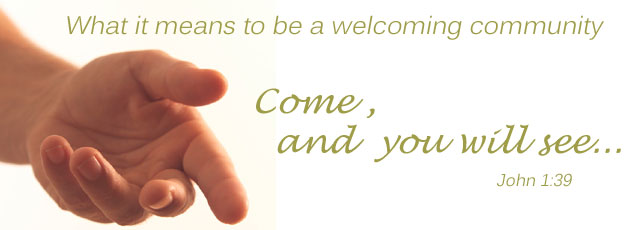"I've never attended a Mass that made me feel the way this one did." These are the words of my brother-in-law who, with my husband's sister, were in town to celebrate our eldest daughter's graduation. They are business owners and travel all over the country, and rarely if ever miss a mass. Being a member of the staff at St. Thomas, I was eager to hear more of what he meant.
So, he continued..."
Are you guys a different sect of Catholicism?" I had to laugh because I know what he meant and I'm sure if you were not raised as a St. Thomas parishioner, and have endured dry, lifeless liturgies elsewhere, you get the joke too. So I said "
Of course we are not a different sect of Catholicism, we are Roman Catholic and our liturgies follow the exact same order, and include all the prayers and rituals of Catholic masses said all around the world...but we are an oasis."
There IS a difference. And my brother-in-law agreed. I will summarize the points he made.
The music: Lively, great, different, and energized from the beginning to the end. Not only is everyone singing, they appear to WANT to sing. The worship aid is far better than a hymnal.
The pre-Mass greeting: So friendly! This is unusual. A real community feeling, a wonderful way to start. In fact, it was friendly on the way in and on the way out
The commentator: eloquent speaker, it is great to see all the ethnic diversity in the church
The lectors: Very well prepared, delivered the readings with meaning, kept the attention
The homily: Loved how Fr. Joel got personal, how he challenged the community with questions, how he probed and got answers to make sure we understood. This was not a dry homily, it was personal, terrific.
Fr. Joel: love this guy, and obviously you do too. The emotional connection between Fr. Joel and the people is apparent.
The Lord's Prayer: beautiful and moving, hand holding. Everyone singing!
Okay, I'll admit it, I really felt a surge of pride hearing my brother-in-law talk about St. Thomas this way. It was affirming to me that my experience is not biased, it is real. But it is essential that we go out and make good liturgy happen everywhere. St. Thomas is an Oasis, but surely good liturgy can be found in other churches.
So, here is my take: Liturgy literally means
Work of the People. Without a doubt it is the liturgists, the musicians, the commentators, the greeters, the altar servers, and the presider who make the liturgy possible. And no doubt Christ is present among us. But it is the action of the People actively seeking out and recognizing the palpable experience of Christ through one another, through the prayers, the readings, the rituals, and of course through the Eucharist. On any given Sunday, Saturday, holiday, you can look around St. Thomas and see it happening. We Celebrate. This is the difference.
We make this difference a reality wherever we go. St. Thomas parishioners have first hand experience of good liturgy but it doesn't stop here. This summer, while attending Mass at other churches, bring some of that St. Thomas difference with you and celebrate your experience of the living Christ with another.







